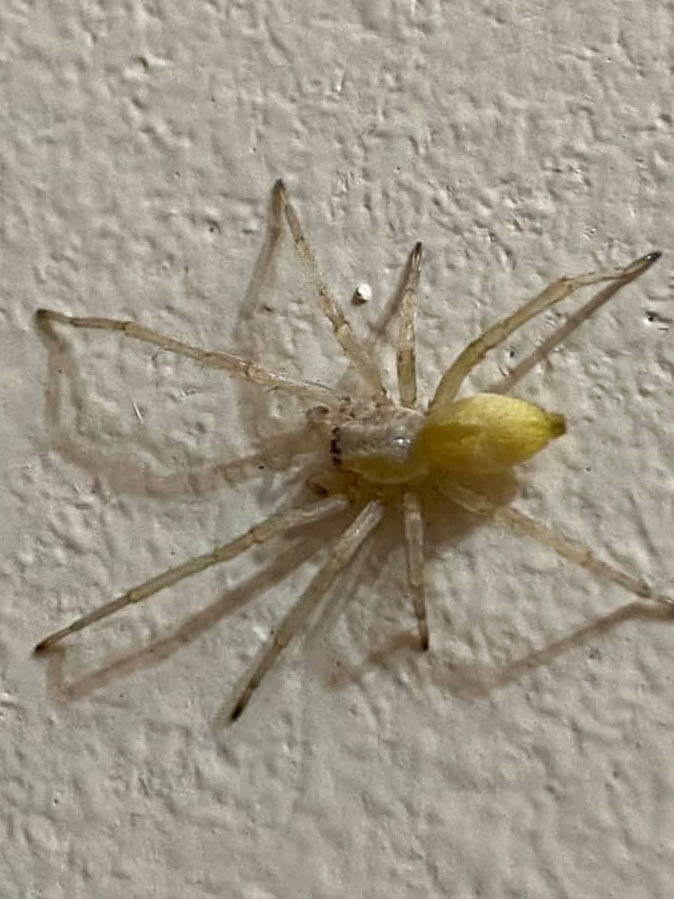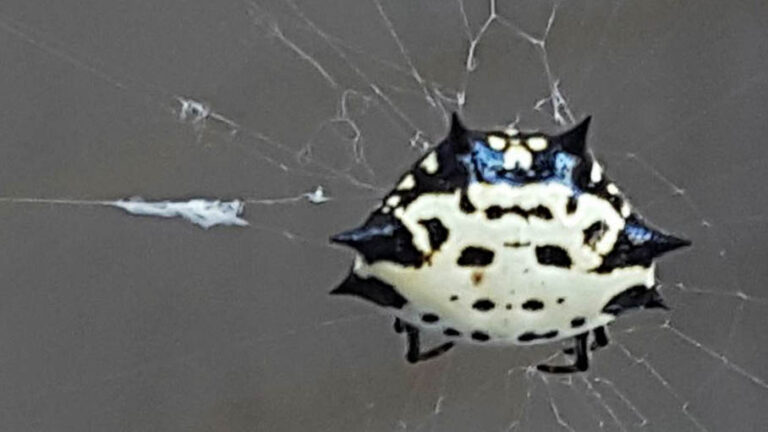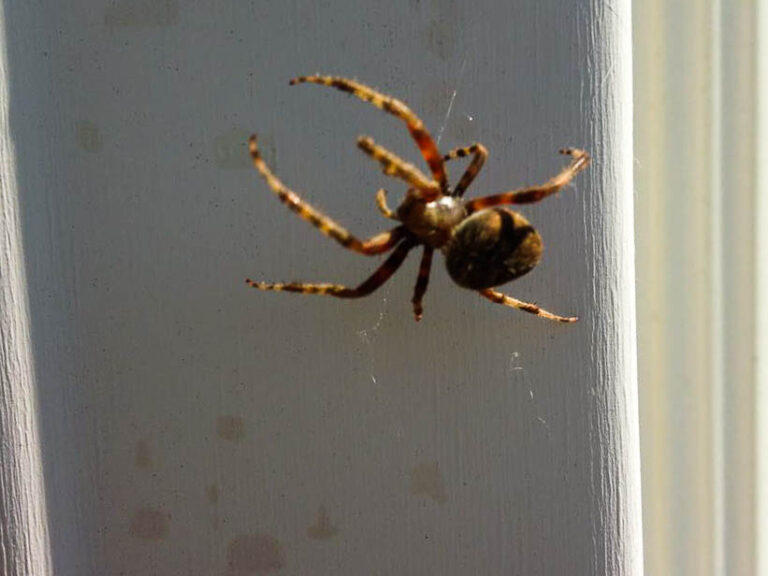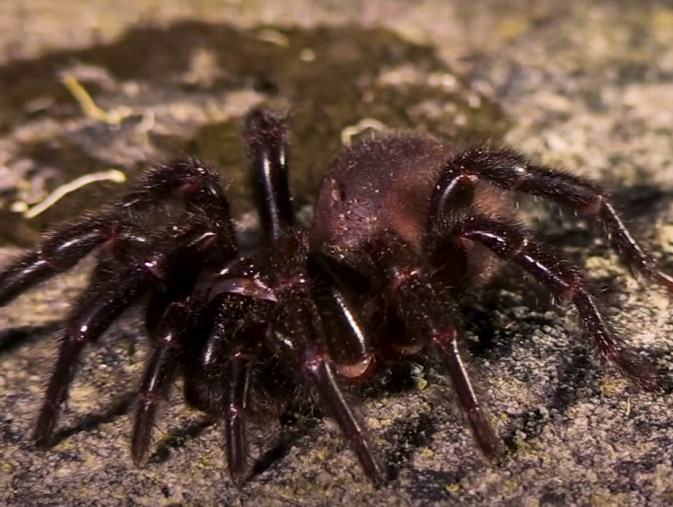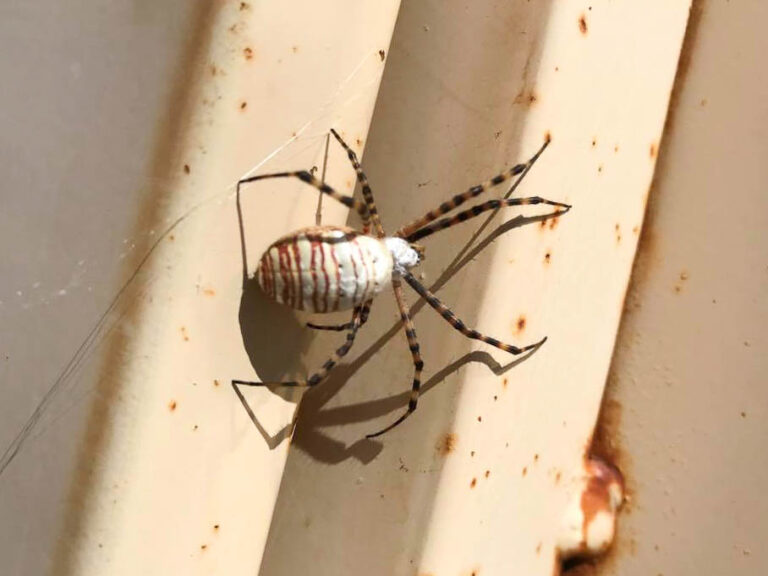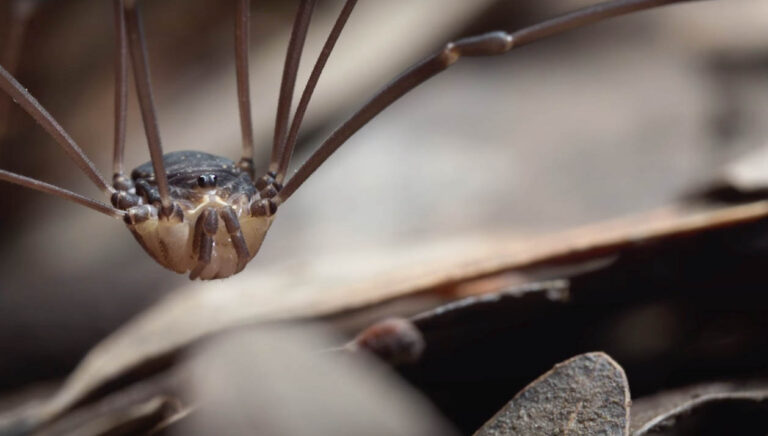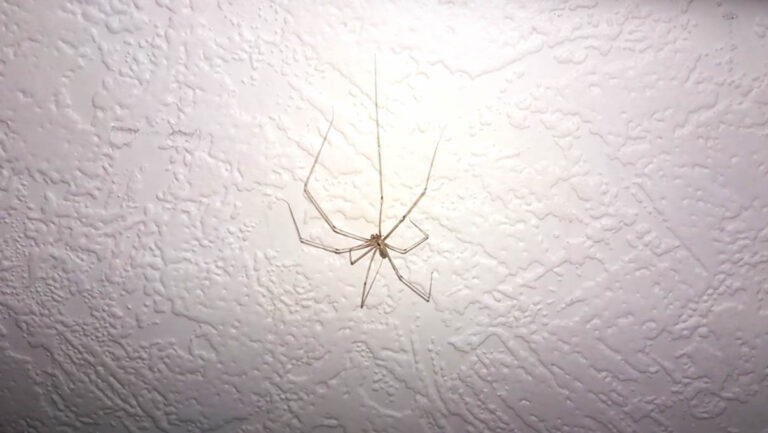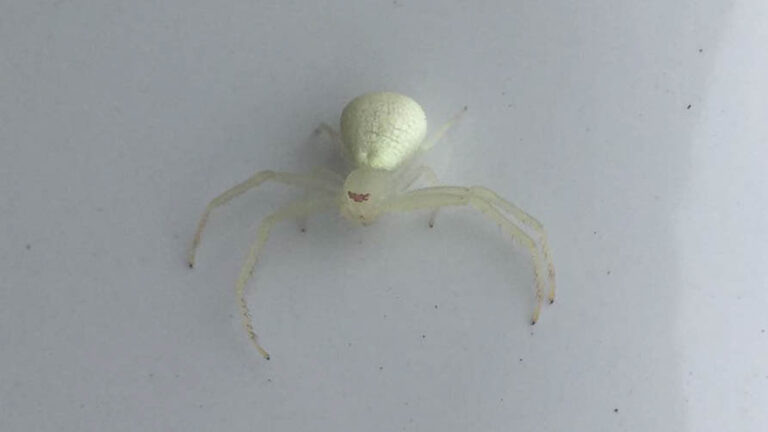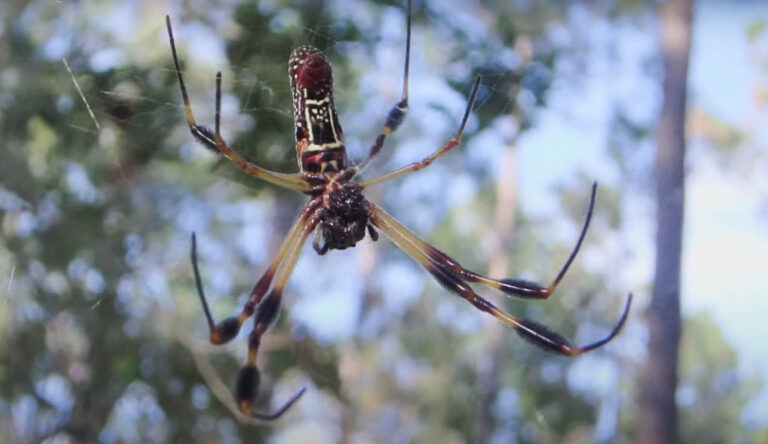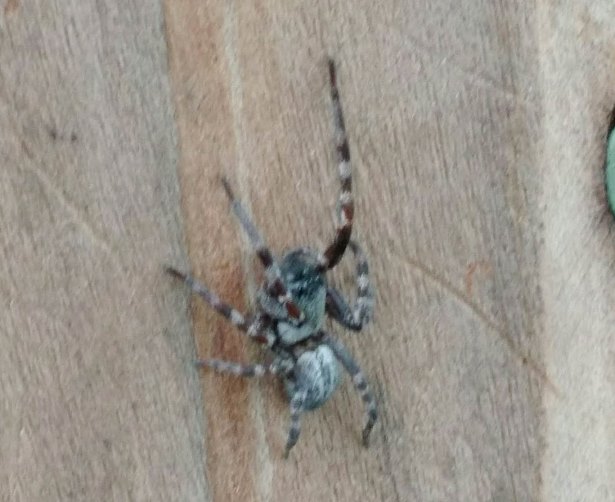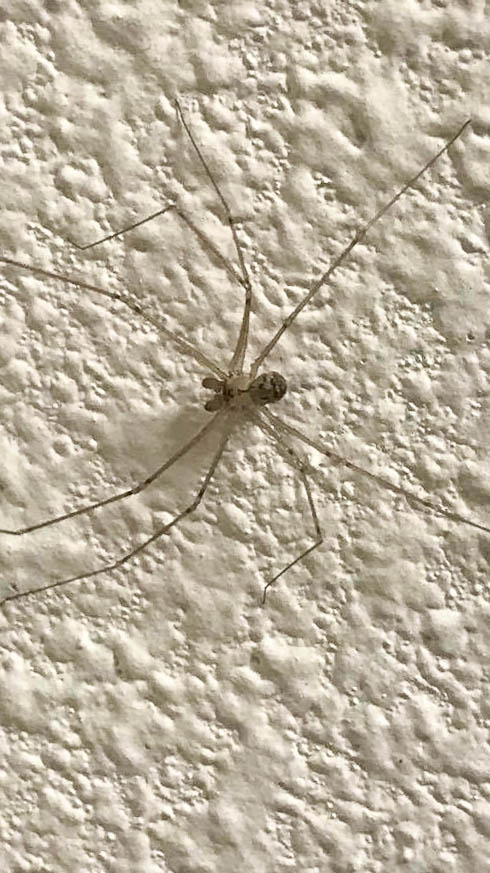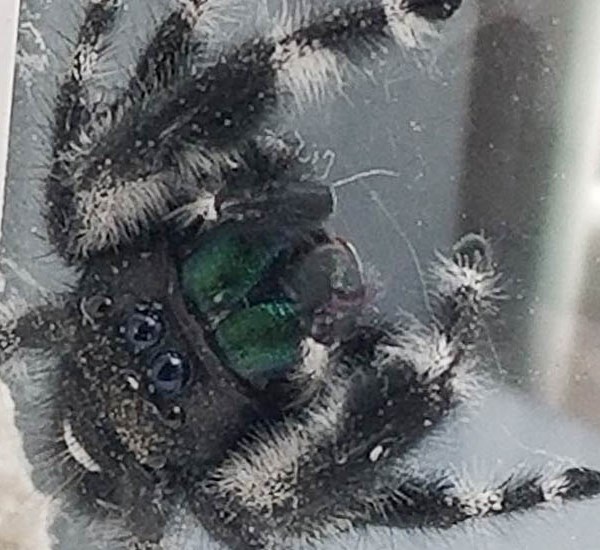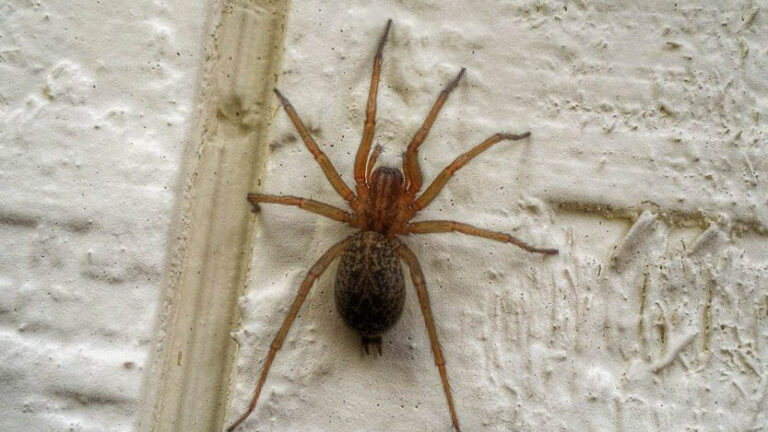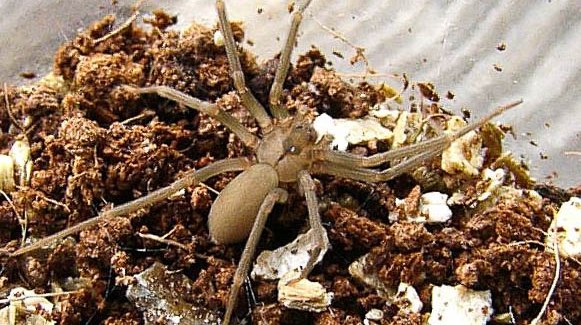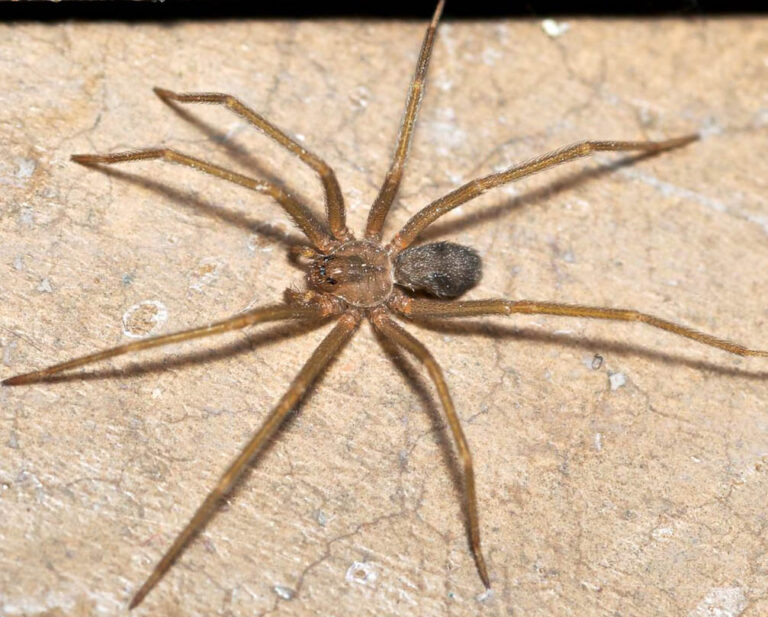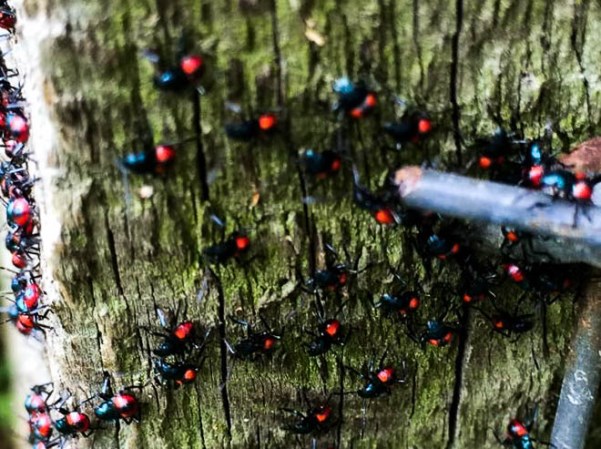About Orb-weaver Spiders
About Orb-weaver Spiders
Orb-weaver spiders belong to the spider family Araneidae, which comprises of close to 3,500 different species. Orb-weavers are the second largest family of spider species referred to as the sheet weavers. The “orb” in the species name means “circular” as that’s the shape of the webs created by orb-weavers.
Appearance
The 3000 plus different orb-weaver spider species have varying sizes, shapes, and colors. The female orb-weaver measures between 2 to 3 centimeters while the male lines in at 1.5 to 2 centimeters. Most of these species have a reddish-brown color. Grey species are also abundant. Orb-weaver spiders have long limbs and elongated bodies. These species feature a conspicuous leaf-shaped pattern on its abdomen. You’ll also notice twin humps on the spider’s front body parts.
Some spider species carry a distinctive brown or white dorsal band or stripe on the abdomen. Besides, the weaver spiders often possess eight similar eyes arranged in rows of four. Their legs are spiny and hairy, and they don’t have stridulating organs. The common species possess between four to six spinnerets that produce silk.
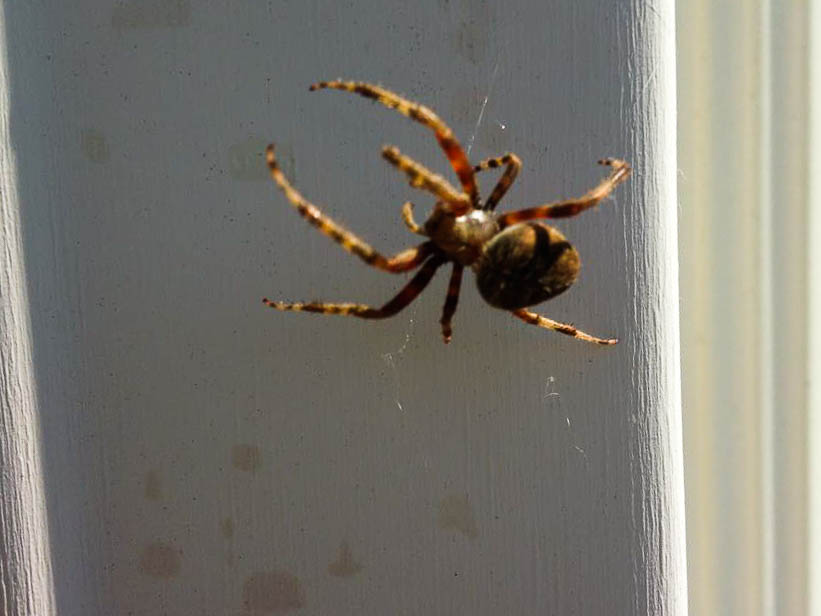
Behavior
Despite being members of the same genus and all, orb-weavers often display varied behaviors when hunting, courting, or even building webs.
Orb-weaver spiders are renowned for building spiral-like flat webs using adhesive silk-like material. The web acts as an early warning system for the predator spider to know of an approaching insect. Once the prey gets entangled, the orb-weaver moves in for the kill by injecting its venom into the insect.
Some species don’t rely on webs to capture prey. Instead, these orb-weaver spider releasers have sticky globules containing a pheromone that attracts prey like moths and other spiders in the same orb-weaver family.
The males spend most of their lives searching for a potential mate. On average, slightly smaller males are often devoured after mating. The males who survive the cannibalizing or deal will most certainly get eaten in their subsequent mating experience.
The female orb-weaver spider waits for up to six suitors who've come knocking on her web to make their moves. She then lays hundreds of eggs wrapped up in silk sacs. The mother dies during the winter, leaving her eggs, which hatch in the spring.
Life Cycle
The female spiders lay eggs sometimes in late summer to mid-autumn. The female orb-weaver stashes the silk-wrapped cocoons containing her eggs in foliage. Orb-weavers normally live for around a year or two, at most. The spiderlings’ journey begins in autumn when they use their silk strands to float in the wind. The spiders then land on new locations where they get to start new colonies. Most, if not all, of these spiders die off in the coming autumn.
Habitat
Orb-weavers are found on five out of the seven continents. It’s only in the Antarctic and Arctic continents where you won’t find this spider species. The critter builds their webs among tall grasses, shrubs, and even over water.
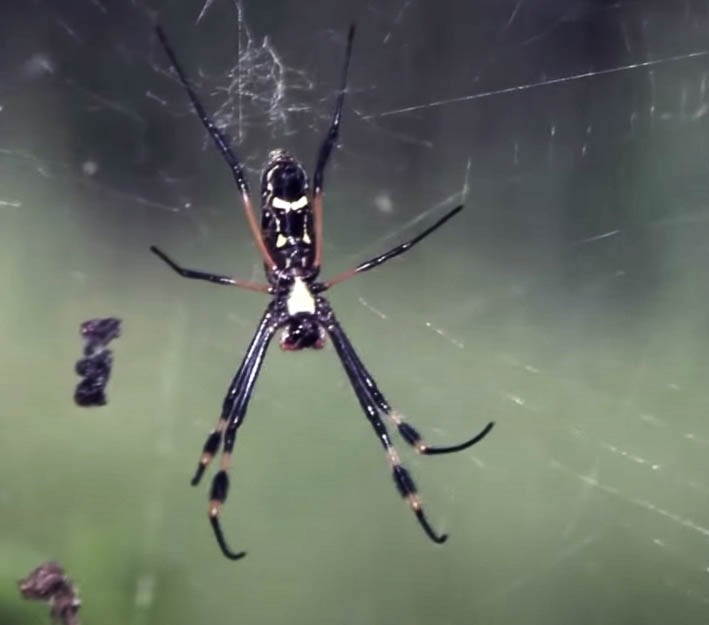
Are Orb-weaver Spiders Harmful?
Do you have arachnophobia, or are you allergic to bites and stings? If so, you should not threaten an orb-weaver spider as they are likely to bite you. In case you are bitten, raise the area to reduce swelling. You can also apply an ice pack to relieve the pain. If you don’t feel better, it’s advisable to visit a doctor to check up on the level of damage caused.
How to control orb-weaver spiders
Control methods of these arachnids include the following; seal holes, gaps, and cracks in the house. Also, remove harborage in the surroundings. Removal of all webs in the house also eliminates laid eggs, thus interfering with the spiders’ future generation. Alternatively, consult pest management officials to get an appropriate insecticide to clear off the infestation.

